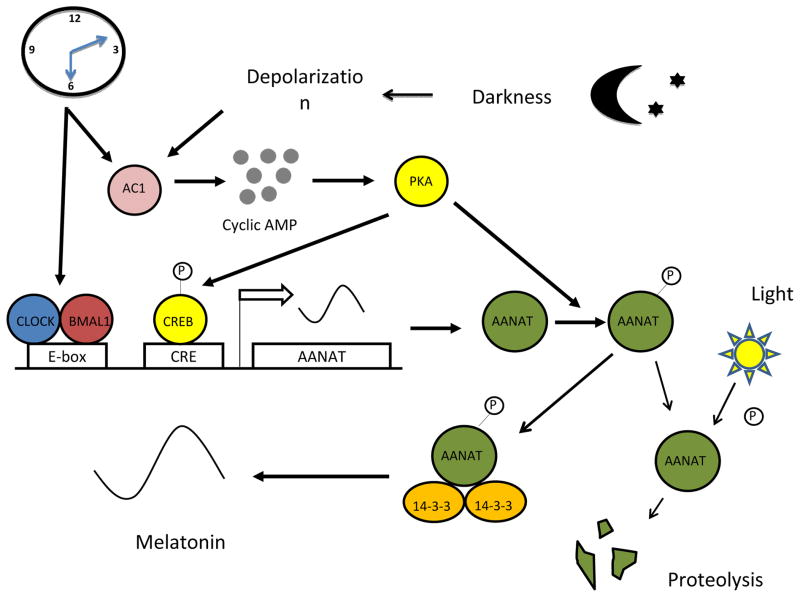Figure 6. Regulation of retinal melatonin levels by light and the circadian clock.
During the night cAMP levels in the photoreceptors are elevated thus activating PKA and Aanat gene transcription. Phosphorylated AANAT (pAANAT) associates with 14-3-3 proteins, which activate and stabilize the enzyme resulting in increased conversion of serotonin to N-acetylserotonin, and ultimately to melatonin. Light at night exposure decreases cAMP levels resulting in dephosphorylation of AANAT and its subsequent degradation by proteasomal degradation. The circadian clock controls melatonin levels by directly regulating Aanat transcription and by gating the cAMP signaling cascade (adapted from Tosini et al., Exp. Eye. Res. 2013).

